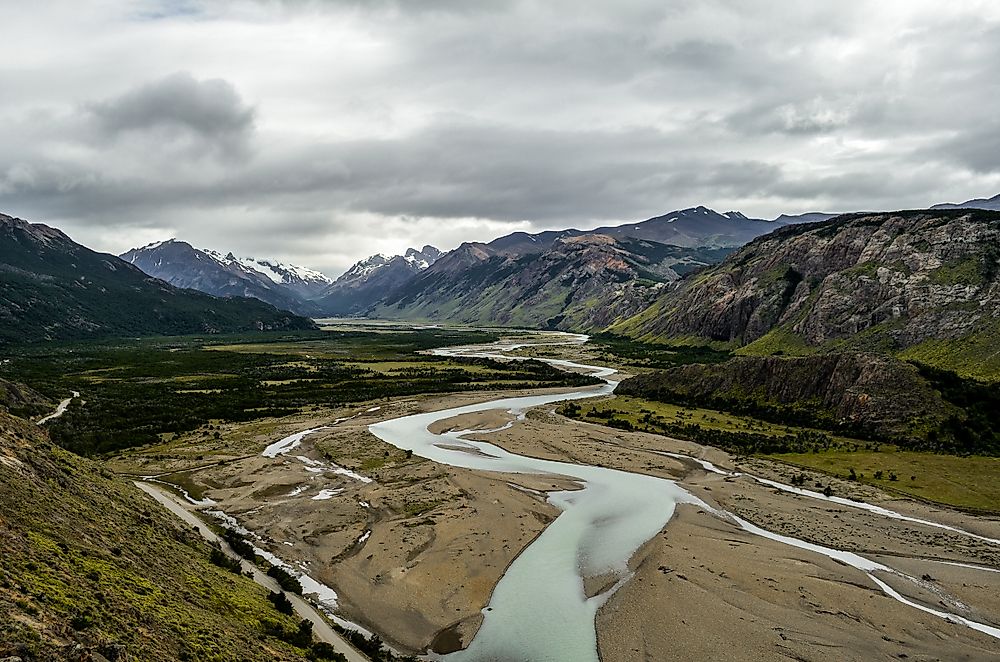What Is Peak Water?

What Is Peak Water?
Peak water refers to a situation in which the supply of fresh water is not replenished at the rate it is consumed. Water is a renewable natural resource that is not about to run out, considering that 70% of the planet consists of oceans. However, the rate at which freshwater is consumed is greater than the rate at which it is replenished. Only 3% of water on the surface of the planet is freshwater, while the remaining 97% is saline. A large percentage of freshwater is frozen as glaciers in the polar regions, while a significant amount is held by the soil or lies deep below the ground level. Lakes and accessible underground aquifers supply the minuscule percentage of freshwater available to humans and living organisms. Freshwater on the surface of the planet is a finite resource that is depleted over time. With the current usage pattern, about 1.8 billion people face water scarcity by 2025, and two-thirds of the global population currently receive a restricted supply.
Regional Variations
Water is a resource that is in high demand, but transporting it is difficult, meaning that different parts of the planet experience peak water at different times depending on the demand and availability of freshwater. However, the global trend suggests that underground aquifers have been over-drained and are running dry. For example, in several parts of India, freshwater aquifers are being depleted at twice the rate that they replenish naturally. Several other countries are overpumping aquifers, including the United States, Iran, Israel, Mexico, China, and Spain. In general, about half of the global population resides in countries experiencing a dwindling supply of water at an alarming rate. The aquifers in the Hebei Province of China are dropping at about 7 feet in a year, while the water table in North Gujarat region of India is dropping by about 14 feet annually. Climate change is also contributing significantly to the depletion of fresh water supply. Small changes in the global temperature result in rapid evaporation of freshwater lakes, consequently leading to longer and intense rainfall that drain much of the water into the oceans. Regions that depend on melting glaciers for water are also feeling the pinch as global warming risks glaciers melting more rapidly than they should.
Implications
About 70% of water used by humans is dedicated to agriculture. A decrease in supply will undoubtedly lead to lower production of food, as is already being experienced in several parts of the world. For example, wheat production has already decreased in China, while Saudi Arabia has contemplated ceasing the production of the crop due to a lack of water. Shortage of water for industrial use will also lead to a global transformation of industries. Migration patterns will also change as more people migrate to regions with a constant supply of freshwater. There will also be a surge in conflict over fresh water supply as countries fight over the limited supply in lakes and rivers.











